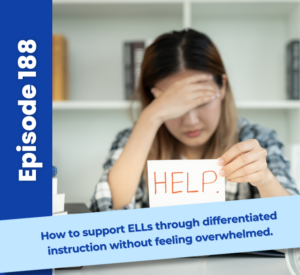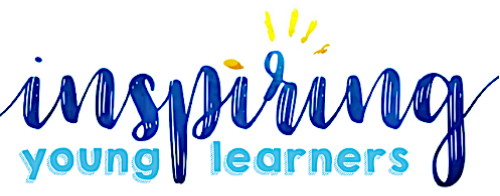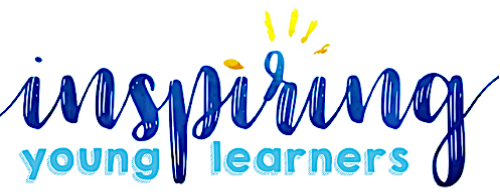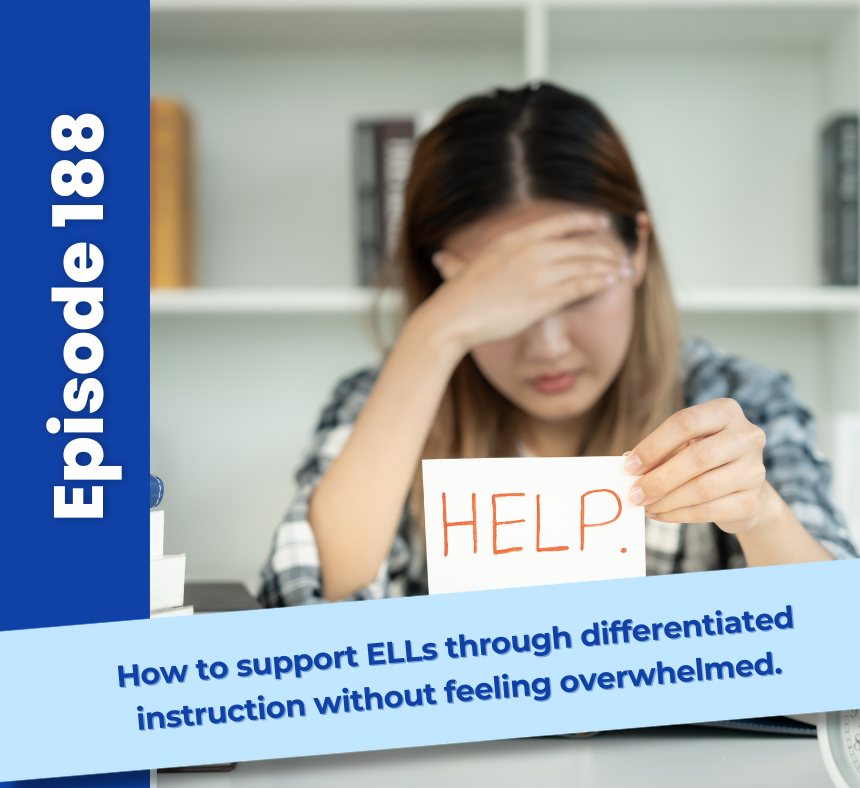
Why Differentiation for ELLs Feels So Hard
Step 1: Know What Students Can Do at Their Language Level
Step 2: Use One Content Goal, Then Scaffold Supports
- Newcomers get word banks and visual supports.
- Intermediates use sentence stems and guided notes.
- Advanced students dive into academic conversations and extensions.
Step 3: Differentiate the Output, Not the Content
- A newcomer might label a diagram with visual prompts.
- An intermediate might write guided sentences using key vocabulary.
- An advanced learner might compare the butterfly’s life cycle to a moth’s in a full paragraph.
A Real-Life Application
- Group 1 listens to the story again and answers visual-based comprehension questions.
- Group 2 works on a grammar point from the text.
- Group 3 compares the anchor text to a new passage with a similar theme.
Tools to Support Your Journey
Final Thoughts
Resources:
- WIDA Can Do Descriptors Simplified!
- Sign Up for the FREE Webinar
- Join the Equipping ELLS Membership
- Shop our TpT Resources
Connect with Beth:
More about Equipping ELLs:
We all know that teaching isn’t easy, but it doesn’t have to be this hard. Equipping ELLs is a podcast for both ESL specialists and homeroom teachers who are looking for effective and engaging ways to support their English Language Learners without adding to their endless to-do list. Tune in each week to hear tips, strategies, and inspirational stories that will empower you to better reach your ELL students, equip them with life-long skills, and strengthen relationships with colleagues and parents.
Your host, Beth Vaucher, is the founder of Inspiring Young Learners. She is an ESL certified homeroom teacher with over 10 years of experience teaching in the US and internationally. Her background of M.Ed in ESL and Curriculum and Instruction combined with her experience has led her to develop a bestselling newcomer curriculum that has sold in over 90 countries around the globe. She brings a different perspective to teaching ELLs from her years teaching and living abroad and working with ELLs from around the world. You will walk away from each episode with the ideas and tools you need to transform your experience as a teacher and cultivate a thrivingand welcoming environment for your ELL students.



